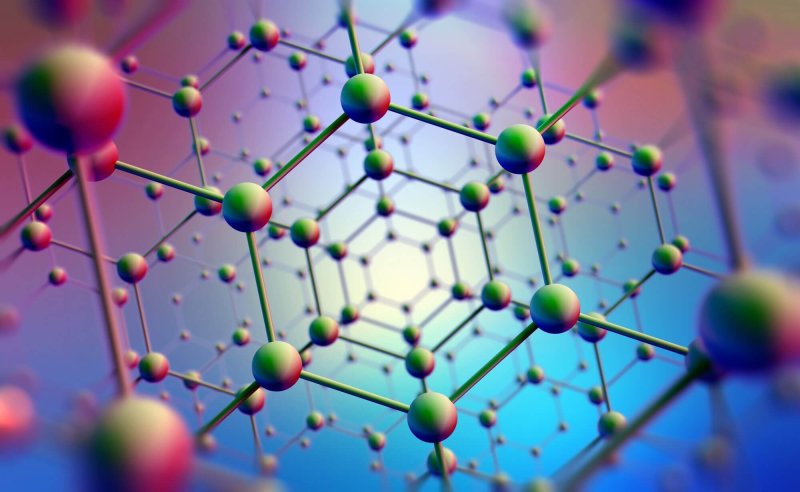What the [National Nanotechnology Initiative] did was move nanotechnology into places it had not significantly ventured before, like the medical, chemical, optical and transportation industries.
Size-wise, the nanoscale is comparable to biological structures such as proteins, viruses and DNA. This realization has allowed the preparation of unique classes of hybrid nano-bio structures that have fundamentally changed how we study, track and treat disease.
Indeed, some of the most exciting developments of the last two decades pertain to medicine. Many powerful new diagnostic tools have been developed and commercialized based upon nanoparticle probes.
Also, dozens of new nanomedicines, based upon the concept of restructuring drug or vaccine components on the nanoscale to make them more potent or capable of crossing biological barriers, are now in or will be in clinical trials for psoriasis, debilitating cancers, neurological disorders, diseases of the eye and even COVID-19.
…
We’ve come a long way from tiny robots. Looking back, the NNI—and the investments in research that came with it—served as an inflection point that made these accomplishments possible.































